Bamboo cutting boards are A great alternative to traditional wooden cutting boards. Not only are they stylish And aesthetically pleasing, But they offer many practical benefits. Cleaning bamboo boards is An important task that should Be done regularly to keep them in good condition For years to come. While the basic cleaning process may Be the same As wooden boards, There are some specific steps you can take to ensure your bamboo cutting board remains clean and germ free.
What Is A Bamboo Cutting Board?
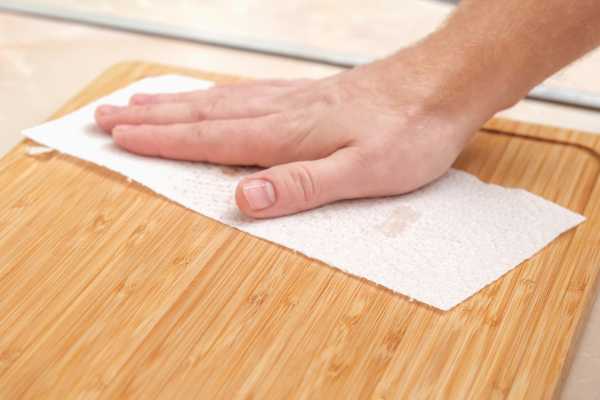
A bamboo cutting board is A type of cutting board made from bamboo, A fast-growing grass. Bamboo is An environmentally friendly And renewable resource that is strong and durable, Making it An ideal material for cutting boards. These are naturally antibacterial And resistant to water damage, So they can be used safely in the kitchen without fear Of contamination or warping. Additionally, Bamboo cutting boards are available in various shapes And sizes to fit any kitchen needs.
The Benefit Of Bamboo Cutting Board Clean
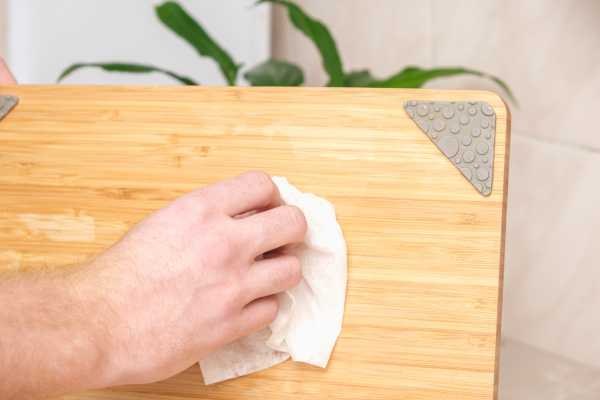
Bamboo cutting boards are A popular choice among homeowners due to their durability And sustainability. In addition, They offer several benefits when it comes to food preparation, including being resistant to bacteria And easy to clean. However, As with any kitchen tool, Proper cleaning is crucial for maintaining its quality And preventing the spread Of harmful bacteria.
- Prevents the buildup Of harmful bacteria that can cause foodborne illnesses.
- Removes stains and odors, Keeping your cutting boards fresh And hygienic.
- Helps to extend the lifespan of your bamboo cutting boards, Ensuring that it remains in excellent condition for years to come.
- Ensures that your food is prepared on A safe and healthy surface.
- Makes the cutting boards visually appealing And pleasing to use.
Bamboo Board Care

1. Daily Cleaning
To start off your daily cleaning routine for your bamboo board, Use A mixture of warm water And mild dish soap. Gently scrub the surface with A soft bristled brush Or sponge until all food particles and stains have been removed. Rinse thoroughly with warm water And dry with A clean towel Or allow it air dry completely before storing it away.
2. Deep Cleaning
Deep cleaning is An essential part Of maintaining A healthy and hygienic home. It not only helps in getting rid of dirt, dust, And grime but also ensures that your furniture And appliances last longer. One item that requires special attention when it comes to deep cleaning is the bamboo cutting boards. Bamboo boards are popular among homeowners because they are eco friendly, durable, And easy to clean.
3. Restoration Cleaning
Then wiping it down after each use with A damp cloth to remove any food debris Or stains. Avoid using harsh chemicals Or abrasive sponges As these can damage the surface of the board. Instead, Opt for A mild soap solution and A soft-bristled brush to gently scrub away any tough stains. Once clean, Allow the board to air dry completely before storing it away.
Materials Needed For Cleaning
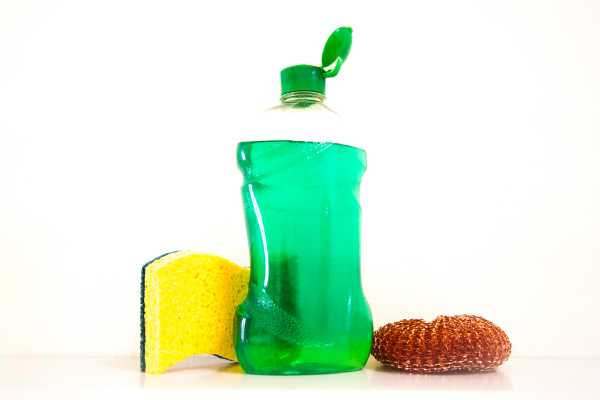
- Mild dish soap
- Warm water
- White vinegar
- Clean sponge Or dishcloth
- Paper towels Or A clean dish towel
5 Ways To Clean Bamboo Cutting Boards

1. Rinse With Warm Water
Rinsing with warm water is An effective way to remove any food particles, oils, Or stains that may be present on your bamboo cutting boards. It’s also an easy method that requires no additional equipment Or chemicals. By using warm water from your faucet, You can quickly rinse your cutting boards before and after each use.
2. Apply Soap Or Cleaning Solution
To apply soap or cleaning solution, Begin by wetting A clean sponge Or cloth with warm water. Squeeze out any excess water And then add A small amount of soap Or cleaning solution to the sponge. Gently rub the sponge over the surface Of your cutting boards, Paying special attention to any areas where food debris may be stuck. Be sure to cover all areas Of your bamboo board thoroughly with the soap Or cleaning solution.
3. Scrub With A Brush
Using A brush to scrub your bamboo cutting boards will help to loosen dirt and grime that may have accumulated over time. To begin, sprinkle coarse salt onto the surface Of the cutting boards, Then use A brush with stiff bristles to scrub in circular motions. Rinse well with warm water And dry thoroughly before storing away.
4. Dry With A Towel
Make sure that you have A dedicated towel specifically for drying your cutting boards So that you don’t risk cross-contamination from other kitchen surfaces. Next, Wipe down both sides Of the board with the towel, Paying special attention to any grooves or crevices where food particles may have become trapped during use. Ensure that there are no damp spots left behind before storing the board away.
5. Oil The Board
Oiling your bamboo cutting boards helps maintain its durability And prevents it from cracking Or drying out. The oil acts as A protective barrier against moisture, Preventing bacteria from growing on the surface of the board. Regular oiling also keeps your bamboo board looking shiny And new by enhancing its natural wood grain texture.
5 Different Way To Clean Bamboo Cutting Board
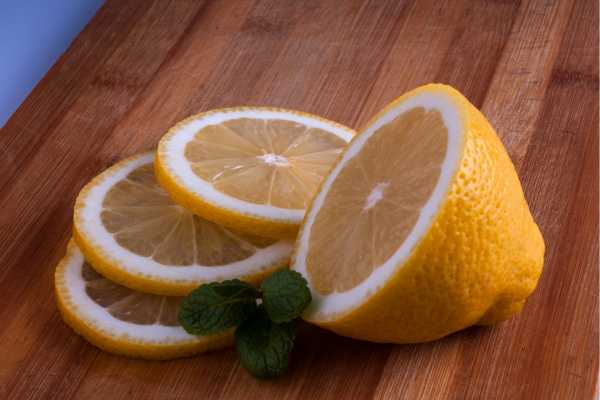
1. Use A Mixture Of Baking Soda And Water
Grab some baking soda from your pantry And mix it with enough water to create A paste like consistency. Once you have the mixture ready, Apply it generously onto your bamboo board using A soft scrub brush Or sponge. Be sure to cover all areas Of the board, including the edges And corners which may Be harder to reach. Let the mixture sit on the board for 10 to 15 minutes before rinsing it off with warm water.
2. Use A Mild Detergent And Water
You’ll need A mild dishwashing detergent (such as Seventh Generation or Mrs. Meyer’s), Warm water, And A clean sponge Or cloth. Avoid using harsh chemicals like bleach or ammonia, Which can strip away the natural oils in the bamboo And cause it to dry out and crack.
3. Use White Vinegar And Water
Mix one part white vinegar with four parts warm water in A spray bottle. Shake the mixture well to combine the ingredients thoroughly. Next, Apply the solution onto your bamboo cutting boards using the spray bottle generously. Allow it to sit for at least five minutes before wiping off any excess liquid with A clean cloth Or paper towel. For tougher stains or odors, You can also add some baking soda to this mixture.
4. Use Lemon Juice And Salt
Lemon juice is A natural acid that has powerful antiseptic properties. It can kill bacteria And remove stains without leaving any toxic residues on the surface of your cutting boards. Salt is also A great natural cleaner that can scrub away grime while absorbing excess moisture from the wood fibers. Together, These two ingredients create A potent cleaning solution that will leave your bamboo board looking like new.
5. Rub The Stain With A Paste Of Baking Soda And Water
Start by mixing baking soda and water into a paste. The ratio should be about one tablespoon Of baking soda for every two tablespoons Of water. Once the paste has been created, use your fingers or A soft bristled brush to rub it onto the stain in circular motions. Be sure to cover the entire affected area with the paste.
Performing Regular Maintenance
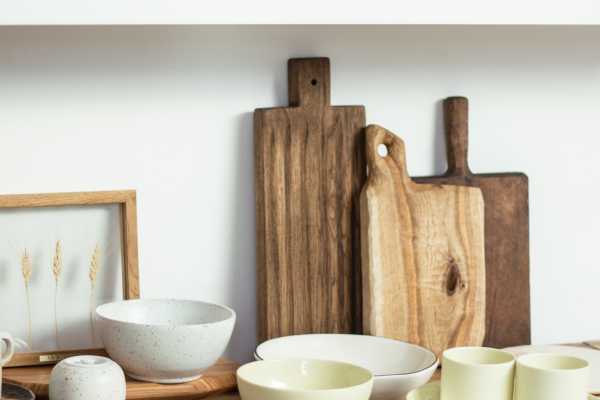
1. Heat Some Mineral Oil
To apply mineral oil to your cutting board, You need to heat it first. Heat some mineral oil in A microwave safe container for 30 seconds until it’s warm but not boiling hot. Using A clean cloth Or paper towel, Apply the warmed oil generously onto the surface of the board, focusing on areas that look dry or dull. This will help rehydrate the wood and give it back its natural color while also forming an extra layer of protection against bacteria.
2. Warm Oil Over All Surfaces Of The Cutting Board
Make sure your cutting board is clean and dry before applying any oil. You can use A mild soap and warm water to wash it, Then allow it to air dry completely. Next, Choose an oil that is suitable for use on wooden surfaces such As mineral oil or coconut oil. Heat up the oil until it’s just warm enough to touch comfortably with your fingers.
3. Use A Soft Cloth
Selecting a soft cloth for cleaning your cutting boards, Be sure to choose one that is gentle and won’t scratch the surface. Microfiber cloths or cotton towels work well for this task. Avoid using harsh abrasive sponges or steel wool pads, As they can damage the wood fibers and create scratches that harbor bacteria.
4. Soak The Oil In The Bamboo For At Least 1 Hour
Taking regular maintenance of your cutting board is A smart habit to ensure its longevity and hygiene. These are popular due to their durability and eco friendliness. However, they require proper care to prevent the growth of bacteria, staining, Or warping. One easy way to maintain your bamboo board is by soaking it in oil for at least 1 hour.
Soaking the board in oil helps to reduce water absorption and prevent splitting or cracking. It also creates a protective barrier that repels moisture, food stains, and odors. Before starting the process, wash your bamboo board with warm soapy water and let it dry completely. Then apply a generous amount of food-grade mineral oil or beeswax using a clean cloth or paper towel.
5. Store The Cutting Board In A Cool, Dry Place
The best place to store your cutting board is in a cool, dry place. Avoid storing it near a heat source or in direct sunlight, as this can cause warping or cracking. A damp environment can also lead to mold growth, so make sure the area where you store your cutting board is well-ventilated.
It’s also important to clean and sanitize your cutting board regularly. Use hot, Soapy water And scrub with A brush Or sponge after each use. Rinse well and allow it to air dry completely before storing it away.
Do Not Soak The Board In Water
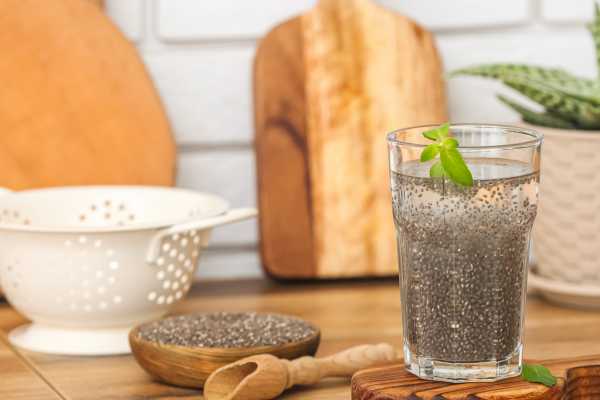
Soaking a cutting board in water can cause it to warp Or crack over time. Wood is A porous material that absorbs moisture easily, Leading to damage if left exposed for too long. Moreover, soaking may lead to bacterial growth on the board’s surface and create An unpleasant odor that won’t go away easily.
Instead of soaking your board, Opt for hand-washing with warm soapy water immediately after use. Scrubbing with A brush will help remove any debris or residue left behind from chopping vegetables or meat.
Avoid Using Harsh Chemicals
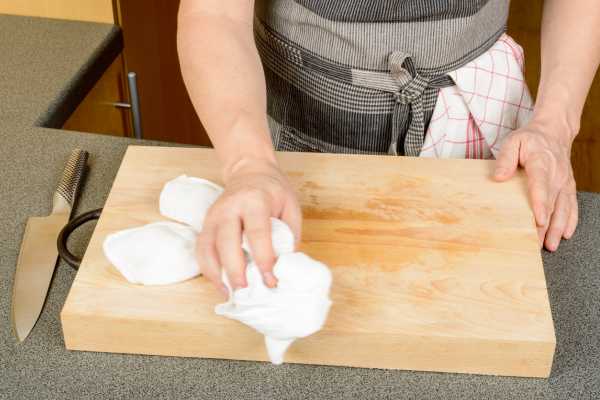
Using harsh chemicals while cleaning may seem like the easiest way to get rid of stubborn stains and dirt, But it can actually cause more harm than good. When it comes to maintaining your cutting board, Using regular maintenance techniques is A safer and better option. Not only does it ensure that your cutting boards stays clean, But it also ensures that your food remains safe from harmful chemicals.
Regular maintenance for your cutting board involves simple steps such As washing with soap And warm water after each use. This helps to remove any remaining food particles And bacteria on the surface of the board. You can also disinfect your cutting board by applying A solution Of white vinegar And water or hydrogen peroxide to the surface before rinsing thoroughly with water. Another easy way to maintain your cutting board is by oiling it regularly with mineral oil Or beeswax, Which helps to keep moisture out and prevent warping Or cracking.
Sanitize The Board Periodically
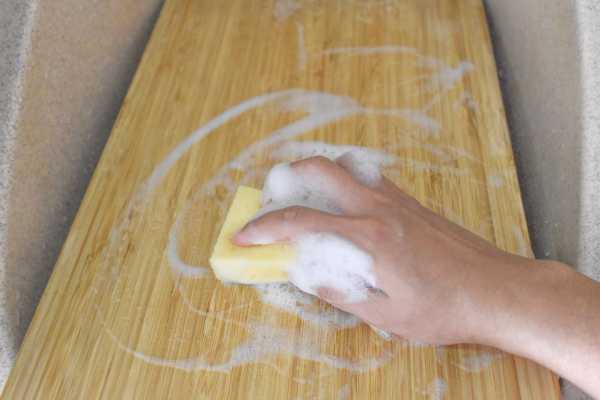
There are several ways to sanitize your cutting board periodically. Firstly, You can use A mixture of hot water and vinegar or bleach solution to clean the surface thoroughly. Scrubbing with soap and water before applying any cleaning solution helps remove dirt and debris from the surface. After sanitization, rinse the board thoroughly with hot water and dry it using A clean towel.
Use Separate Cutting Boards For Meat And Vegetables
Using separate cutting board for meat and vegetables is an important practice in the kitchen. This ensures that cross-contamination does not occur, preventing the spread of harmful bacteria, such as salmonella and E.coli. When preparing food, it is essential to take measures to ensure that the food is safe to eat for everyone.
Regular maintenance of your cutting board is also necessary to prevent cross-contamination. You should clean your cutting board thoroughly after each use with hot water and soap, then dry it completely before storing it away. Avoid using abrasive cleaners or scouring pads on wooden boards as they can damage the surface and create grooves where bacteria can hide.
The Final Thoughts
Bamboo cutting boards are great for any kitchen and offer tremendous benefits. By following the steps outlined above, you will ensure that your board stays in tip-top shape for as long as possible! Make sure to never submerge it in water or place it in a dishwasher, and use mineral oil regularly to protect its surface from warping or cracking. When needed, you can also use tea tree oil to keep your bamboo board hygienic and sanitized
